If you are braving nature’s elements or going up against challenges outside, having the right footwear is crucial to making sure the whole experience is a success and you are able to complete the task at hand efficiently. In extreme weather conditions, such as a snowstorm, it becomes even more important to keep our feet warm, dry, and protected.
While rubber shoes are often associated with rain and wet conditions, many people wonder if they can also provide a certain amount of protection during a snowstorm, as well. In this blog, we will explore whether rubber shoes would offer protection when venturing out into a snowstorm and examine their advantages and limitations.
Benefits of Rubber Shoes in a Snowstorm
Waterproof
Rubber shoes, often made from durable materials like neoprene or PVC, are well known for their waterproof properties. This feature can prove to be extremely beneficial in a snowstorm as it helps to keep our feet dry. Rapidly melting snow can turn into water, making it essential to have footwear that can withstand moisture and keep your feet dry. Rubber shoes act as a barrier between our feet and the slushy or wet snow, preventing our feet from getting wet and cold.
Non slip
Further, rubber shoes are often designed with non-slip soles, which provide excellent traction on slippery surfaces. When the ground is covered in snow and ice during a snowstorm, non-slip soles prove to be very beneficial. The added grip can help prevent slips and falls, ensuring our safety while navigating icy roads.
Easy to Clean
Rubber shoes are easy to clean and maintain. After trudging through snowy and slushy streets, you can simply wipe the shoes clean, ensuring they are ready for your next winter adventure.
Limitations of Rubber Shoes in a Snowstorm
The benefits of rubber shoes are undeniable, but they do have certain limitations when it comes to protection in a snowstorm.
Lack of insulation
One of the main limitataions is their inadequate insulation. Rubber shoes, on the other hand, don’t offer the same level of warmth that winter boots do, which are designed specifically to provide warmer feet in cold temperatures. This can be an issue in harsh winter conditions, as cold feet can lead to discomfort and even frostbite. If you decide to wear rubber shoes in a snowstorm, you will need to make sure to wear thick, insulating socks in order to help combat the cold.
Limited height
The height of rubber shoes is another limitation that needs to be considered. Most rubber shoes are ankle-length or a bit higher above the ankle, thus they may not be able to provide sufficient protection against deep snow or slush. During a snowstorm, where snow can accumulate quickly, it is often advised to wear higher rubber boots that cover the lower leg area or even reach the upper calf region to avoid snow from entering the footwear.
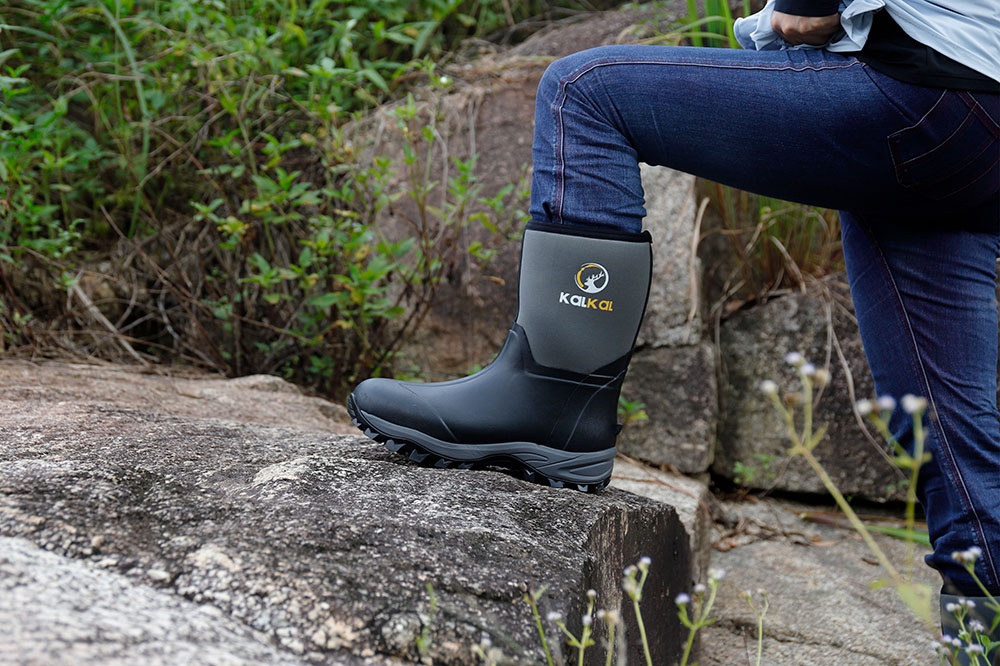
However, if the snow is shallow or if you are mainly walking on a path that has been cleared, rubber shoes can still provide adequate protection against the elements.
Conclusion
Even though rubber shoes are not specifically designed to be worn in a lightning storm, they can nevertheless offer a degree of protection from the elements. Their waterproof properties and non-slip soles make them suitable for navigating through wet and slushy conditions. However, their limitations should not be overlooked, such as the lack of insulation and lower height compared to winter boots.
Whenever considering rubber shoes for use in a lightning storm, it is critical to keep in mind the depth of the snow as well as the possible weather conditions in order to provide the appropriate level of protection and warmth. In conclusion, the best type of footwear to wear depends upon your personal preference as well as the specific conditions of the snowstorm.


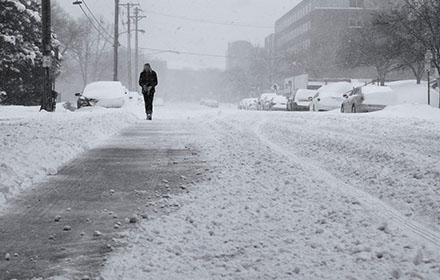









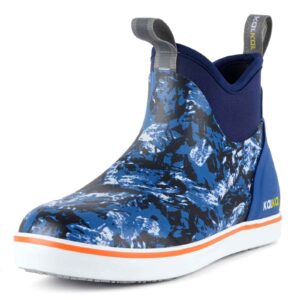

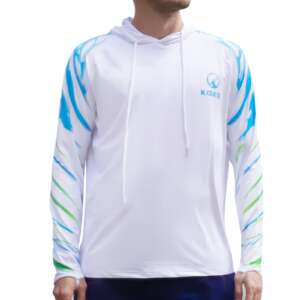

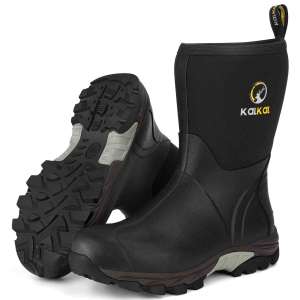



Leave a reply